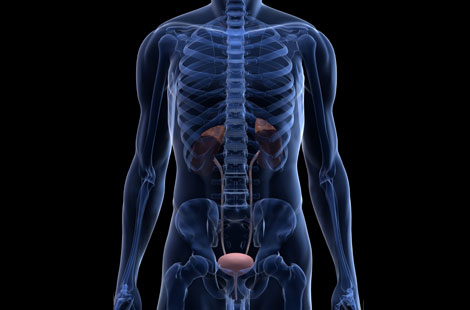
Congenital penile curvature presents penile bending of a normally formed penis due to corporal disproportion. Besides this isolated penile curvature, penile bending can appear as a part of hypospadias or epispadias anomalies (discussed elsewhere). Direction of penile curvature can be ventral, dorsal, lateral or in several planes (corkscrew penis). The curvature is usually most obvious during erection, but resistance to straightening is often apparent in the flaccid state as well.
Appropriate diagnosis can be set up by artificial or pharmacological erection induced by prostaglandin E1 (PGE1). Pharmacological erection with PGE1 has many advantages, achieving an erection sufficiently prolonged to assess and correct the anomaly in the most precise way. Photographs of the penis in erect state may be helpful to document degree and direction of the curvature prior to surgery. No scar or plaque can be felt in the penis during examination.
Treatment
Penile angulation not only causes potential sexual dysfunction, difficulty and pain during intercourse or total coital incapacity, but also causes severe psychological problems. Surgical correction is required in order to obtain a functionally and cosmetically normal penis. In children straightening of the penis is achieved by simple plication of the tunica albuginea on convex (longer) side. In adolescents and adults correction of curvature can be done either by plication of the incised tunica albuginea or by grafting the concave side of the corpora cavernosa. Using grafting technique shortening of the penis is avoided. Surgery is performed in pharmacological erection induced by prostaglandine E1 for ideal checking before, during and after curvature correction. If there are no functional problems, the surgical treatment has only a cosmetic goal. Procedure does not change penile sensation or interfere with one's ability to have erections.




